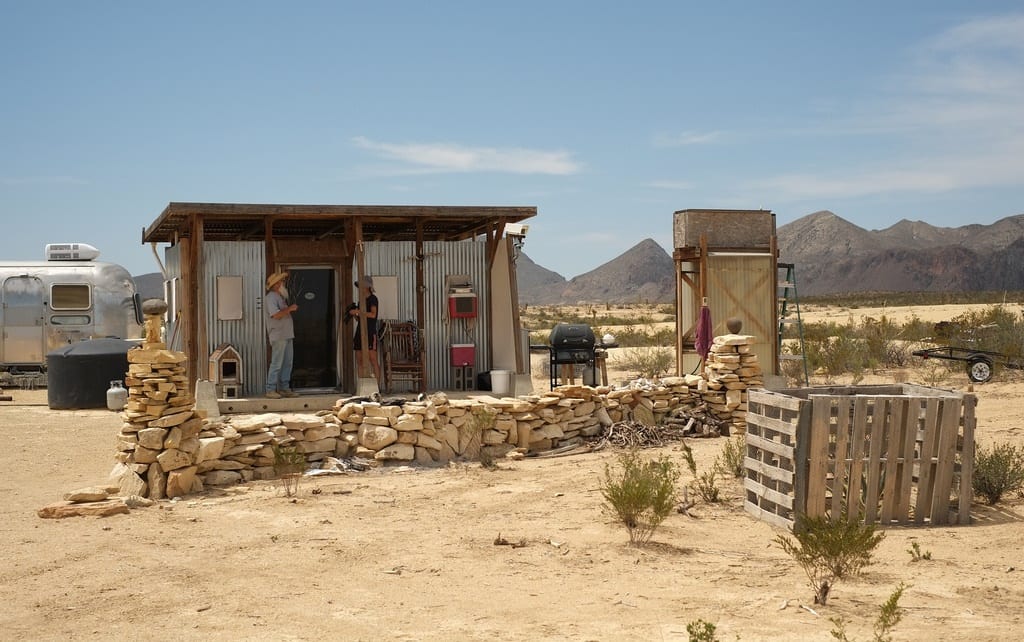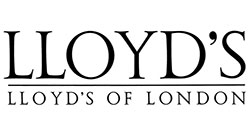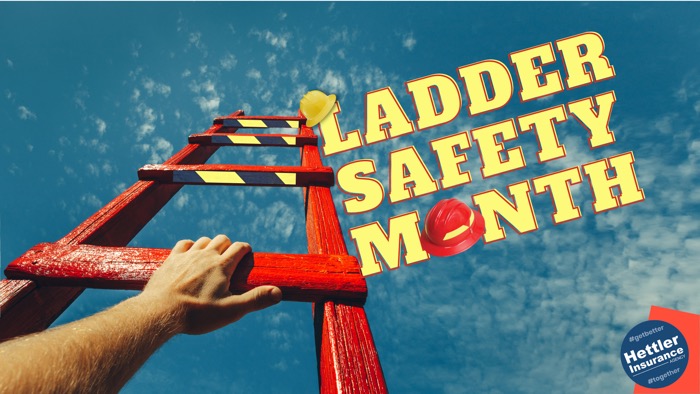
The Tiny House Trend
Most people have heard of the tiny house trend. But just how tiny are these homes? There’s no official definition, but most people consider a house less than 400 square feet as tiny. The average tiny house is only 186 square feet. This includes the living area, bathroom, kitchen and sleeping loft. Compare this to the average American house, which is currently 2,600 square feet, according to The Tiny Life. Tiny houses can be mobile, or set on permanent foundations.
Even in Texas, where everything is bigger, tiny houses are becoming a thing. In Spur, TX a little over an hour drive from Lubbock, an is popping up. Lots are sold by the city of Spur at discounted prices and just enough size to build a tiny home.
The Rise of the Tiny
Throughout history, people have lived in many small dwellings for practical and economic reasons. But the tiny house movement is a deliberate choice to downsize possessions and live a more efficient, less materialistic lifestyle.
But the idea seems to have really taken off since the financial crisis of 2007-2008. During the housing bubble, many people greedily bought more house than they could really afford. When the market collapsed around them, many had to walk away from their homes. This got people to thinking, how much do I really need, anyway?
Tiny houses require less maintenance, are cheaper to build and to run, are environmentally friendly and free up more money for other things. According to The Tiny Life website, 68 percent of tiny house owners have no mortgages, while only 29.3 percent of all homeowners are mortgage-free.
Challenges of Insuring Tiny Homes
 It’s not all smooth sailing for tiny house dwellers. In addition to having to get rid of most of your possessions, then live practically on top of a spouse or other family members, insurance can be difficult. Underwriters aren’t big on insuring outliers. Tiny houses are odd, and so new, most carriers don’t offer homeowner’s coverage for a tiny home.
It’s not all smooth sailing for tiny house dwellers. In addition to having to get rid of most of your possessions, then live practically on top of a spouse or other family members, insurance can be difficult. Underwriters aren’t big on insuring outliers. Tiny houses are odd, and so new, most carriers don’t offer homeowner’s coverage for a tiny home.
Tiny houses on wheels are viewed as unpredictable. Will you and your house stay put? For example, another vehicle is much more likely to hit you if your tiny home is traveling every month vs. permanently parked. And what about the distance to a fire department or the availability of water? This is the kind of thing your insurer looks at when assessing risk. If your house is always on the move, an insurance company can’t get a good fix on the odds of a claim.
Whether you live in your tiny home year-round, or use it as a vacation property is another consideration. Some tiny house owners park it behind a larger home. In this case, insurance for a tiny home isn’t much different than a detached mother-in-law suite.
Finally, your insurer will also question a tiny house’s building materials. If a certified RV manufacturer built your tiny house, you could get approved for RV insurance. But most builders aren’t certified RV manufacturers. DIY builders make mistakes, like putting in so many windows that the tiny home lacks structural integrity. You may need to provide the name of the licensed, insured electrician who did your tiny house’s electrical work. If it was a DIY project, or you used an unlicensed electrician, expect to pay for –and pass — an electrical inspection before an insurer writes a policy.
Insurers may also worry that, in the case of fire, windstorm or another major disaster, your tiny home will be a total loss vs. a regular-sized home. And just like other mobile homes, wind and tornadoes are a catastrophic threat to a tiny home.
Insurance Carriers for Tiny Houses
So what’s a tiny house owner to do? Fortunately, insurance companies are starting to learn how to deal with the tiny house movement.
 Hettler sells Foremost insurance, which offers policies to tiny house owners. Tiny houses that sit on permanent foundations are eligible for a dwelling fire or specialty homeowner’s policy. If the tiny house is on wheels and approved by the Recreational Vehicle Industry Association, it’s eligible for a travel trailer policy.
Hettler sells Foremost insurance, which offers policies to tiny house owners. Tiny houses that sit on permanent foundations are eligible for a dwelling fire or specialty homeowner’s policy. If the tiny house is on wheels and approved by the Recreational Vehicle Industry Association, it’s eligible for a travel trailer policy.

Hettler also sells a special form homeowners policy for tiny houses on wheels. This policy, available through Lloyds of London, covers the main tiny home dwelling, separate structures, personal property, loss of use, personal liability and medical payments to others. However, this policy does not cover earth movement or the theft of the tiny house itself.
Some tiny house owners get frustrated by insurance, and decide to go without. We never recommend this. Even though tiny houses cost much less than a traditional house, they’re still a significant investment. With the least expensive DIY jobs costing about $15,000 and the most deluxe, tricked-out tiny homes approaching $100,000 this isn’t a possession you should take chances with.
If you’re confused about the best coverage for your tiny house, give us a call today and we’ll help you sort it out.




